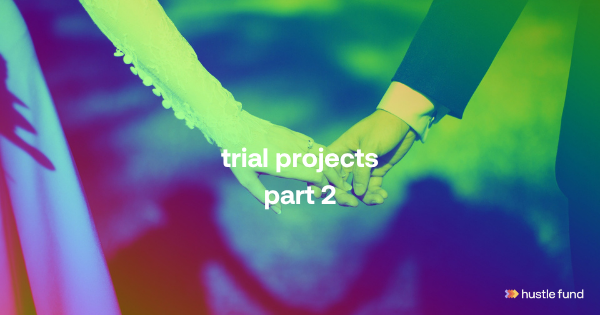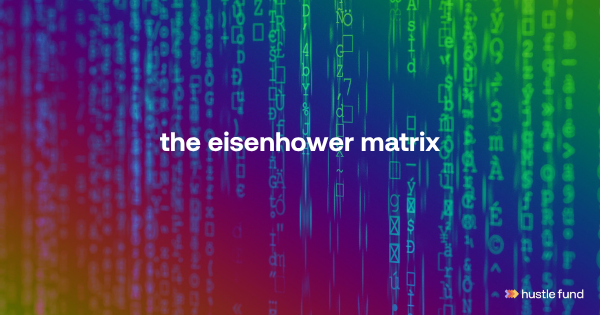How to deal with an angry customer
Angry customers. We've all been them, we've all seen them... but what happens when you're face to face with one of your own? Someone who used your product and had a bad experience?
Unfortunately, dealing with unhappy customers is an inevitable part of doing business. But these moments don't have to be disasters. In fact, you can turn angry customer into a brand ambassador. Yep, really.
But how to pull off this magic trick? Good news — in a recent edition of Uncapped Notes, Eric and Janel cover this exact topic. You can watch the episode here, or keep reading to learn how to turn those dissatisfied folks into your brand’s best friend.
Ready? Let's do this.
Step 1: Mirroring
When you're talking to a fed-up customer, your first instinct might be to jump straight into problem-solving mode. But hold up! There's a crucial first step that could make a big difference: mirroring.
Mirroring is all about matching the customer's emotional state and acknowledging their frustration. It tells the customer: "I see you, I hear you, and I get why you're upset."
Here's what effective mirroring looks like:
"I totally get this. Our software definitely isn't cheap, and if it weren't working for me, I'd be super angry too."
This response does two key things:
- It reiterates the customer's problem
- It recognizes and matches their emotional state
In a world full of internet trolls and bots, truly feeling seen and heard is rare. When you mirror, you're not just addressing a complaint – you're connecting on a human level.
Pro tip: Be an active listener. Tune in to what the customer is saying, in words and tone. This will help you mirror more authentically (and effectively).
Step 2: Agreement
Ok. Mirroring – check. Now it's time to build on your connection with agreement. This doesn't mean admitting fault or compromising your policies. It's about validating the customer's perspective.
Here's what this sounds like:
"I totally understand that our software can be confusing at times, and it's completely reasonable to feel blocked and frustrated."
Why is this so effective? Because people find it hard to stay angry at someone who agrees with them. If you do this effectively, you'll see the tension start to dissipate almost immediately.
The key here is to find a genuine point of agreement. Maybe your product does have a learning curve. Maybe your onboarding process could use some improvement. Whatever it is, acknowledge it sincerely.
Remember, agreeing doesn't mean you're throwing your company under the bus. It means you're human enough to recognize that no product or service is perfect. And that you're committed to making things right.
Step 3: Resolution - Finding a Solution
Mirroring? Check. Agreement? Check check.
Now it's problem-solving time. This is where you make a clear, actionable commitment to resolving the issue. Here's what a solid resolution statement looks like:
"Don't worry, I'm going to stay on this call with you and walk you through a solution step-by-step. We won't hang up until you feel like this is resolved."
This statement is powerful because it:
- Commits to solving the problem
- Outlines specific actions
- Promises follow-through
The beauty of this approach is that it often turns angry customers into your biggest fans.
Believe it or not, effective resolution can lead to upselling opportunities. Customers who feel truly heard and supported are often eager to explore more of what you have to offer.
Stay cool, calm, and flexible
Here's the thing about this three-step process: it's not a rigid script. It can adapt to any customer interaction. In fact, you might find yourself cycling through mirroring, agreement, and resolution multiple times in a single conversation.
The key is to stay present, listen actively, and respond authentically.
And here's a little secret: these skills aren't just for customer service. They're valuable in all kinds of situations and relationships. (Yes, I'm talking about your mother-in-law.)
Now go forth and turn those angry gremlins into your best friends.











